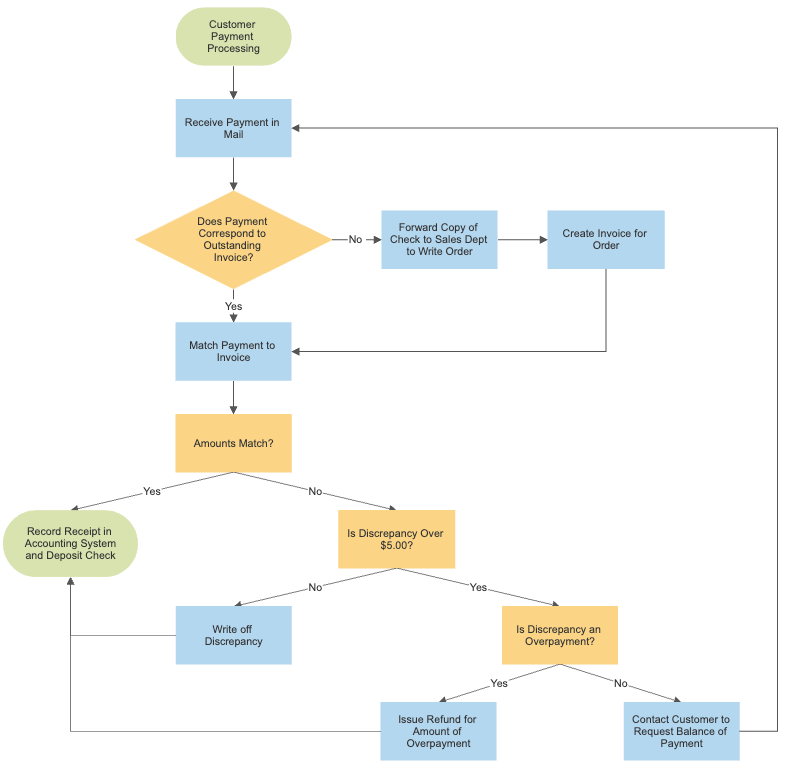Mergers and Acquisitions (M&A) are strategic business combinations between two companies, with the aim of creating value through the integration of operations, resources and expertise. M&As have been a popular growth strategy for companies across industries, and have been a source of both positive and negative outcomes. In this article, we will explore the benefits and drawbacks of M&As for companies and how companies can enter into a merger or acquisition.
Benefits of Mergers and Acquisitions
- Increased Market Share: One of the most significant benefits of M&As is the ability to increase market share. A merger or acquisition allows a company to acquire a larger customer base and expand its reach into new markets, which can help it to become a dominant player in its industry. For example, if Company A acquires Company B, it can tap into Company B’s customer base and distribution channels, which can help it to increase its market share and reach new customers.
- Cost Savings: M&As can lead to cost savings by allowing companies to eliminate redundancies and optimize their operations. For example, a company may be able to reduce its overhead costs by consolidating departments, such as accounting, human resources and information technology. This can help the company to reduce its costs and improve its profitability.
- Access to New Technologies and Expertise: M&As can provide companies with access to new technologies and expertise, allowing them to stay ahead of the curve in their industry. For example, a company that acquires another company with cutting-edge technology may be able to quickly integrate that technology into its own operations, giving it a competitive advantage. This can help the company to improve its products and services and stay ahead of its competitors.
- Diversification: M&As can provide companies with the opportunity to diversify their operations, reducing their exposure to market risk. By acquiring a company in a different industry, a company can reduce its dependence on a single market and become more resilient to economic downturns. For example, if Company A is primarily focused on the tech industry, it can reduce its risk by acquiring a company in the healthcare industry. This can help the company to reduce its dependence on a single market and become more resilient to economic downturns.
Drawbacks of Mergers and Acquisitions
- Integration Challenges: Integrating two companies can be a complex and time-consuming process, and can lead to a number of challenges. For example, differences in company culture, organizational structure and technology can make integration difficult. This can result in a prolonged integration process and can impact the effectiveness of the M&A.
- Loss of Key Employees: M&As can result in the loss of key employees, who may feel uncertain about their future with the company or may not be comfortable with the new company culture. This can result in a loss of institutional knowledge and expertise, which can be difficult to replace. The loss of key employees can also impact the company’s ability to achieve its goals and objectives.
- Decreased Employee Morale: M&As can also lead to decreased employee morale, as employees may feel that their job security is at risk and may not be confident in the future of the company. This can lead to a decrease in productivity and an increase in turnover. This can impact the company’s ability to achieve its goals and objectives and can result in significant costs.
- Financial Risks: M&As can be expensive and can involve significant financial risks, especially if the acquisition does not go as planned. Companies may need to take on debt to finance the acquisition, which can increase their financial leverage and make them more vulnerable to economic downturn. The acquisition may also result in a decrease in the company’s profitability if it does not achieve the expected synergies or if the integration process takes longer than expected.
- Regulatory Risks: M&As can also involve regulatory risks, as the acquiring company may need to navigate complex regulatory requirements, such as anti-trust laws or data privacy regulations. The failure to comply with these regulations can result in significant legal and financial consequences, which can impact the company’s reputation and financial performance.
How Companies Can Enter into a Merger or Acquisition
- Due Diligence: Before entering into a merger or acquisition, companies must conduct thorough due diligence to understand the target company’s financials, operations, and potential risks. This includes reviewing financial statements, contracts, and intellectual property, as well as conducting market research and assessing the target company’s industry position. The due diligence process is critical for companies to make informed decisions and to identify potential risks and challenges associated with the M&A.
- Strategic Planning: Companies must also engage in strategic planning to determine their goals and objectives for the M&A and to develop a clear integration plan. This includes determining how the companies will integrate their operations, technology, and culture, and how they will address any integration challenges. Companies must also develop a clear communications plan to ensure that employees, customers, and stakeholders are informed about the M&A and its implications.
- Legal and Regulatory Compliance: Companies must also ensure that they comply with all legal and regulatory requirements associated with the M&A. This includes obtaining any necessary regulatory approvals and ensuring that the M&A complies with anti-trust laws and other regulations. Companies must also consider the potential tax implications of the M&A and ensure that they have a clear understanding of their obligations and responsibilities under the terms of the transaction.
- Integration Management: Companies must also be prepared to effectively manage the integration process, which can be complex and time-consuming. This includes ensuring that the integration teams are staffed with experienced professionals who understand the company’s operations and culture, as well as the integration plan and timeline. Companies must also be prepared to manage any integration challenges and to ensure that the M&A achieves the expected synergies and results.
In conclusion, M&As can be a powerful growth strategy for companies, providing access to new markets, technologies, and expertise. However, they also come with significant risks and challenges, including integration difficulties, the loss of key employees, decreased employee morale, financial risks, and regulatory risks. Companies must be prepared to conduct thorough due diligence, engage in strategic planning, comply with legal and regulatory requirements, and effectively manage the integration process to ensure the success of their M&A.




